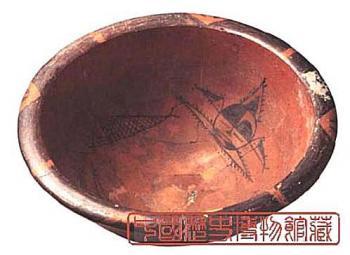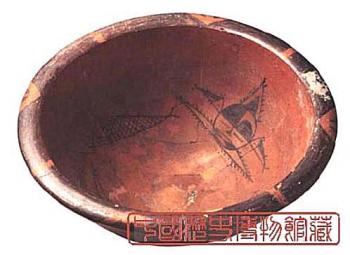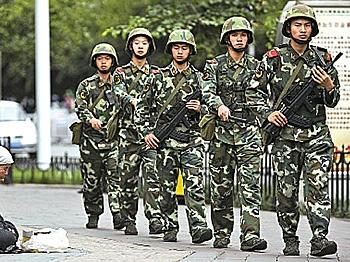Five Olympic Mascots Banned at Opening Ceremony
The original five Olympic mascots, the Five Friendlies, became associated with bad luck and were banned.

The Chinese designer of the Beijing 2008 Olympic mascots, Mr. Han Meilin, talks about his designs, which supposedly represented four of China`s most popular animals, the fish, the panda, the Tibetan antelope and the swallow, as well as the Olympic flame. Mark Ralston/AFP/Getty Images
|Updated:





